Know Answers to all your Questions
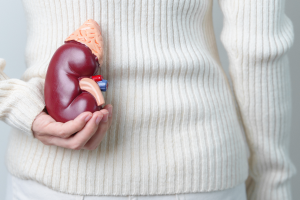
Uremia occurs when the kidneys can no longer remove waste from the blood, leading to toxin buildup and severe complications if untreated.
Read More
Hydrosalpinx is a condition in which the fallopian tube becomes blocked and filled with fluid, often affecting fertility in women.
Read More
Lymphocytosis refers to an increased number of lymphocytes in the blood, usually due to infections, inflammation, or immune responses.
Read More
Black tongue, or black hairy tongue, is a harmless condition caused by buildup of dead skin cells and bacteria on the tongue’s surface.
Read More
Coryza, commonly known as the common cold, is a viral infection of the upper respiratory tract causing nasal congestion and sore throat.
Read More
Right heart failure occurs when the right ventricle cannot pump blood effectively, leading to fluid buildup and swelling in the body.
Read More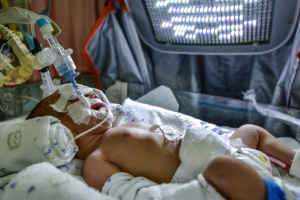
Meconium Aspiration Syndrome happens when a newborn inhales meconium-stained amniotic fluid, potentially causing breathing difficulties.
Read More
Inborn errors of metabolism are genetic disorders that affect how the body processes nutrients, often detected through newborn screening.
Read More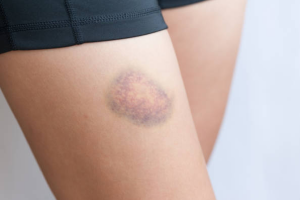
Ecchymosis refers to large bruises under the skin caused by bleeding from broken blood vessels due to injury or medical conditions.
Read More
Thrombocytosis is a condition in which the platelet count is abnormally high, increasing the risk of blood clot formation.
Read More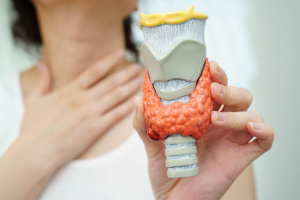
Subclinical hypothyroidism is a mild form of thyroid dysfunction where TSH is elevated but thyroid hormone levels remain normal.
Read More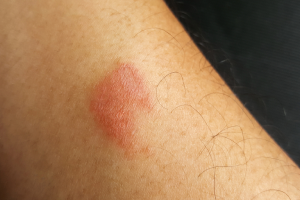
Centipede bites cause pain, redness, and swelling but are rarely serious. Immediate cleaning and cold compress help relieve symptoms.
Read More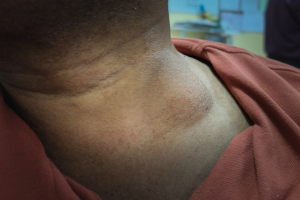
Cystic hygroma is a fluid-filled sac caused by lymphatic system malformations, usually present at birth and often treatable with surgery.
Read More
Mania is a state of abnormally elevated mood, energy, and activity levels, commonly seen in bipolar disorder.
Read More
A femoral hernia occurs when tissue pushes through the femoral canal near the groin, more common in women and often requiring surgery.
Read More
Erythroplakia appears as red patches in the mouth that may indicate precancerous changes and require biopsy for confirmation.
Read More
A blighted ovum is a type of early pregnancy loss where a fertilized egg implants but the embryo does not develop.
Read More
Spleen cancer is a rare malignancy that affects the spleen’s ability to filter blood and support the immune system.
Read More
A septate uterus is a congenital condition where a wall divides the uterine cavity, increasing the risk of miscarriage and infertility.
Read More
Breast engorgement occurs when breasts become swollen and painful due to excessive milk accumulation during breastfeeding.
Read More
Fever, rash, and joint pain are signs of Zika Virus infection. This mosquito-borne illness has raised global concern due to its impact on adults and unborn babies.
Read More
Sudden fever and unusual rash are signs of scrub typhus. This bacterial infection, transmitted by tiny insects called chiggers, can become dangerous if left untreated.
Read More
Kwashiorkor is a severe nutrition disorder caused by protein deficiency, and is a life-threatening condition primarily affecting children in developing regions.
Read More
Nipah virus (NiV) is a highly contagious zoonotic virus that poses a serious public health threat due to its high fatality rate and potential for outbreaks.
Read More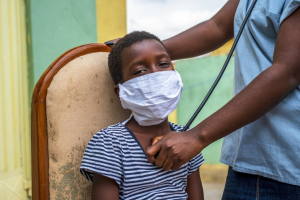
Marasmus is a severe form of protein-energy malnutrition that primarily affects infants and young children. It occurs when the body is deprived of both calories and protein for a prolonged period.
Read More
Pityriasis alba is a common skin condition primarily affecting children and adolescents. It presents as dry, pale, or discolored patches, most often seen on the face, especially the cheeks.
Read More
Milia are small, white or yellowish bumps that commonly appear on the face, especially around the eyes, lips, and nose. Often mistaken for pimples or whiteheads, these
Read More
Hemiplegia is a neurological disorder that results in paralysis on one side of the body. It often occurs after a stroke, brain injury, or due to certain medical conditions affecting the brain's motor centres.
Read More